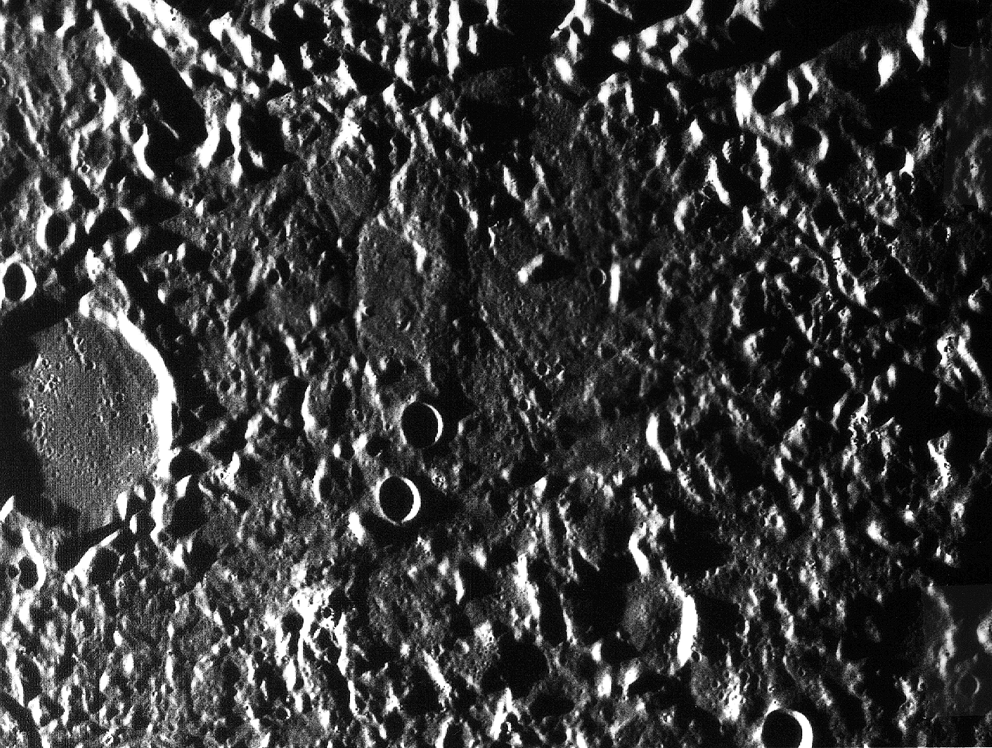Venus, Earth's twin, is the second planet from the Sun. In terms of size, it is the sixth largest planet, larger than Mercury and Mars. It is 95% the size of Earth and 81.5% the mass of Earth. If you were to stand on Venus, besides dying, you would weight 90% of what you do on Earth.
Venus has a relatively young surface which indicates that it is geologically active. It has active volcanoes, as evidenced by the amount of sulfur in its atmospher.
Venus has two contintents, named after two goddesses of love, the Greek Aphrodite and the Babylonia Ishtar. It has a large mountian, Maxwell Montes, one of the few features not named after historical or mythological females.
Venus also has a much thicker atmosphere than Earth, even though it is smaller than Earth, as mentioned above. This thick atmosphere actually makes Venus the hottest planet, hotter than Mercury.
When Galileo Galilei first turned his telescope to the sky, little did he know that he would prove the heliocentric model of the solar system, and disprove the geocentric model. One of his key discoveries was the phases of Venus. The phases helped show that Venus went around the Sun and not around the Earth as had been previously believed.
The last thing that is strange about Venus, and may be the strangest of them all, is how the Sun transverses the Venutian sky. One most planets, the Sun rises in the east and sets in the west. Sometimes, it can go retrograde (but only on Mercury), but on Venus, the Sun only goes from west to east in the sky, rising in the west and setting in the west.
The last thing that is strange about Venus, and may be the strangest of them all, is how the Sun transverses the Venutian sky. One most planets, the Sun rises in the east and sets in the west. Sometimes, it can go retrograde (but only on Mercury), but on Venus, the Sun only goes from west to east in the sky, rising in the west and setting in the west.







